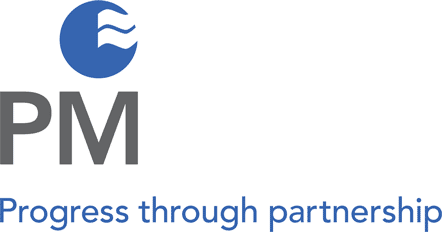A colleague’s daughter was studying for her GCSE in English, which required her to read Susan Hill’s book “The Woman in Black”. Rather than actually read the book, she hit on the idea of watching a video of the film which, as she sweetly put it, meant she didn’t have to read “all those words”.
There is a strong case for saying that if you’re studying English, “all those words” are probably quite important and actually reading them would be a good move. But if you want to collect factual information, the old saying that a picture paints a thousand words has much to commend it.
That’s why the NHS communicates in posters. Ideas are more easily shared in pictorial form and NHS staff naturally gravitate towards posters because they can scan a group of posters quicker and more efficiently than they might read a similar number of abstracts.
This is particularly important because the only way the quality of pharmacy interventions can be proved is by collecting sufficient numbers to show statistical significance, and that is likely to require multi-centre working. That’s why we repeatedly say we don’t want people to wait until they complete their work before sharing their ideas – spreading the word to others may help to create the mass needed to get to the answer quicker.
It’s odd that the pharmaceutical industry, which has a lot of experience of conveying information pictorially in advertisements, has been so slow to use posters to convey factual information. Those that have tried it have found posters a fruitful method of communicating with the NHS.
If you have an idea, why not put it in a poster? And if you need help to get started, we’ll work with you to support that. Our events contain ample opportunities to get your idea in front of many others. Just picture that!
